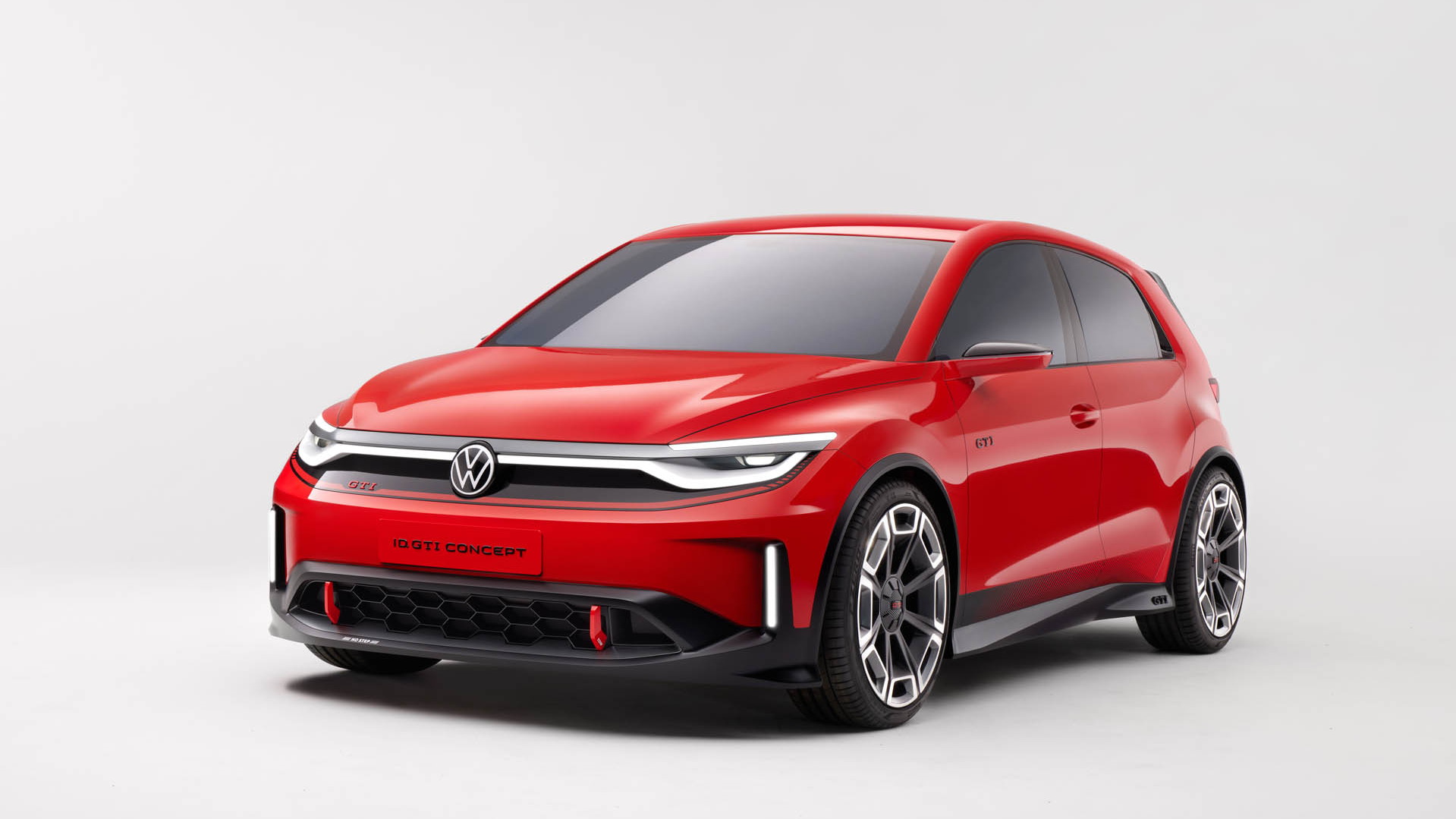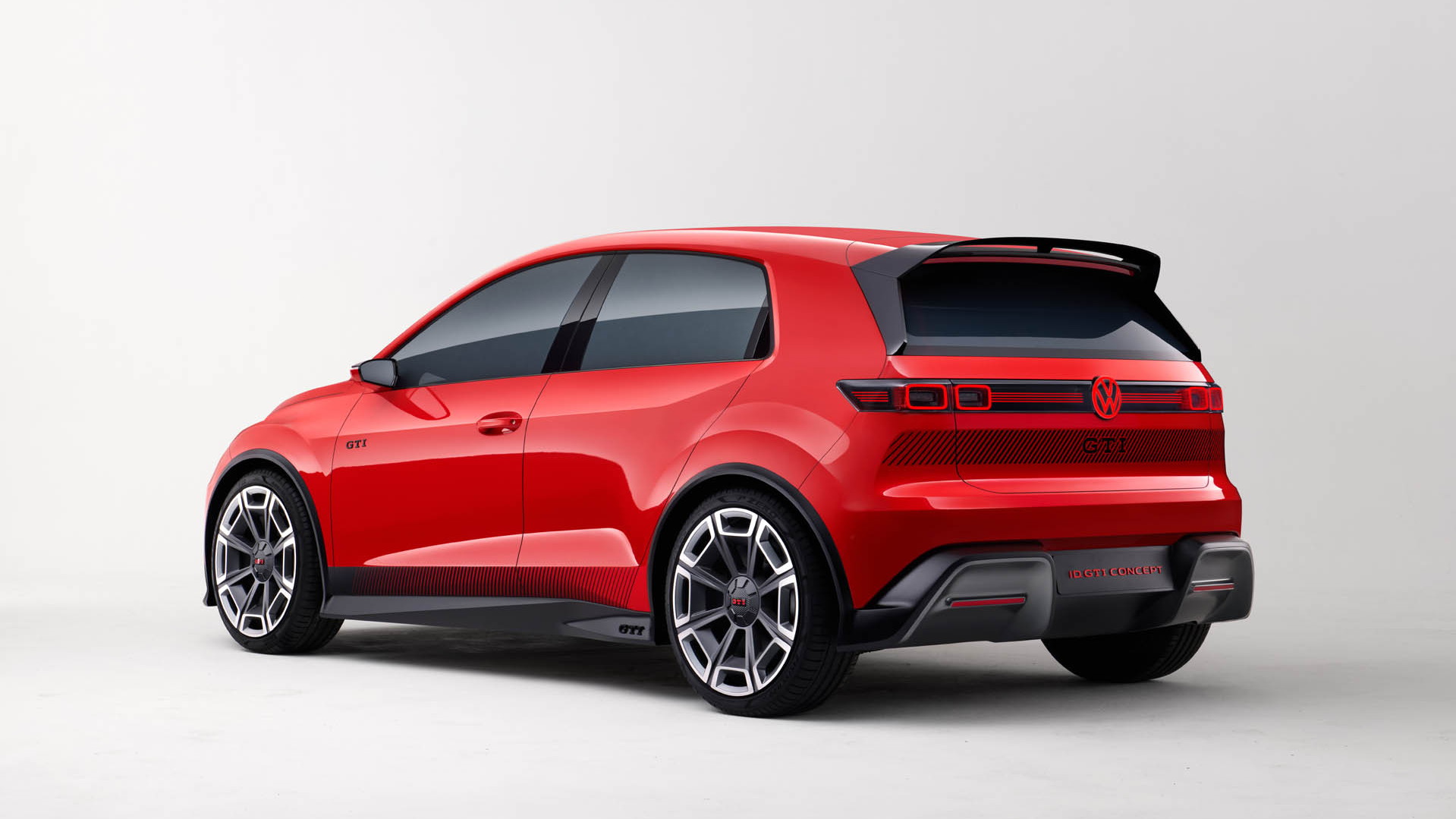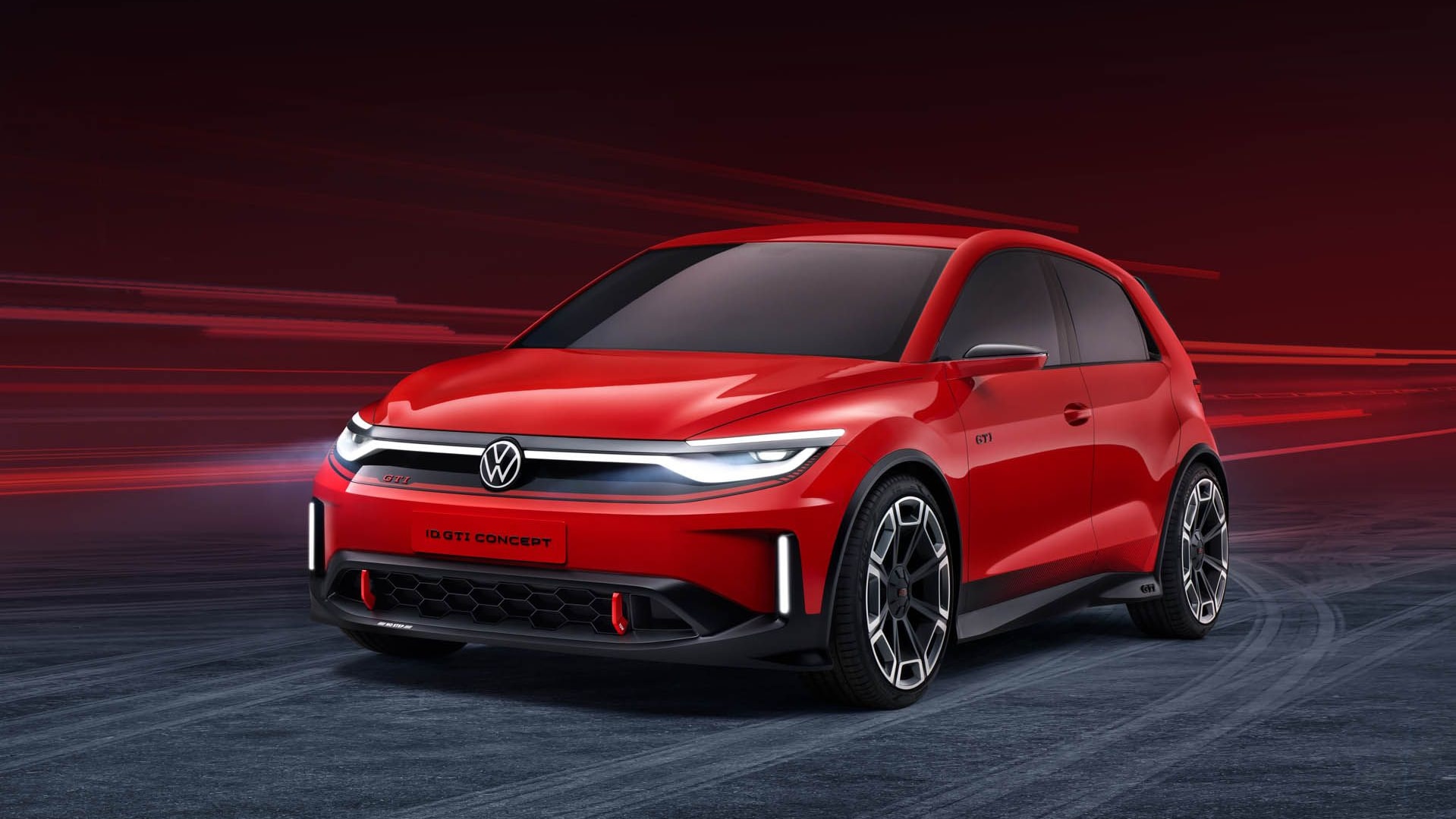Volkswagen is bringing back its Golf GTI in electric form—with the ID.GTI Concept, which it declared “will be built as a usable sports car for the electric age.”
Just as with the BMW Vision Neue Klasse concept that also made its debut this weekend at the Munich auto show, the ID.GTI Concept looks deep into the brand’s gasoline-vehicle heritage for its vision of the future, rather than trying to remake the brand’s look and branding at the same time as propulsion and interface.
As VW points out, the debut of the model is happening 48 years after the world debut of the original GTI, which was always based on the Volkswagen Golf hatchback. In this case, the concept GTI is based on the well-received ID.2all EV concept shown in March—a template for a 25,000 euro electric small car.
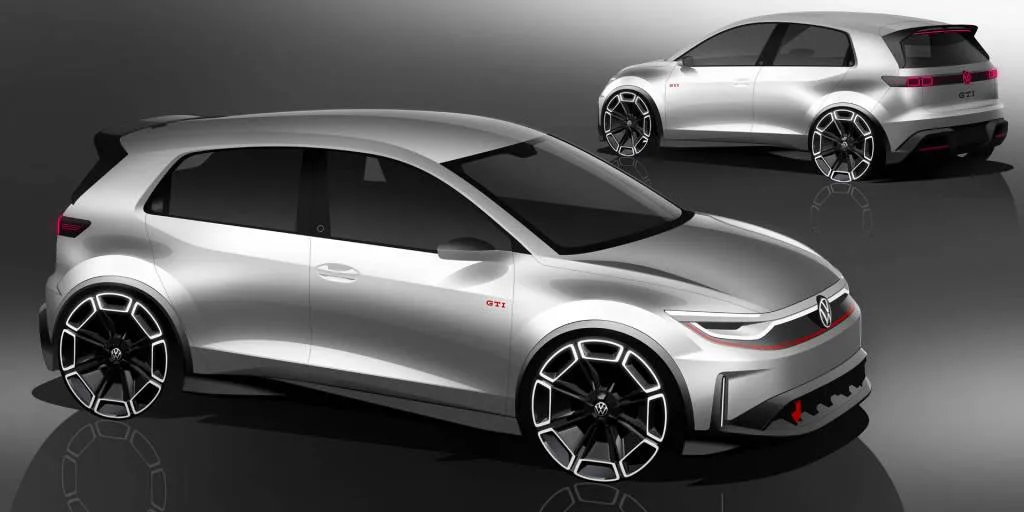
Volkswagen ID.GTI Concept
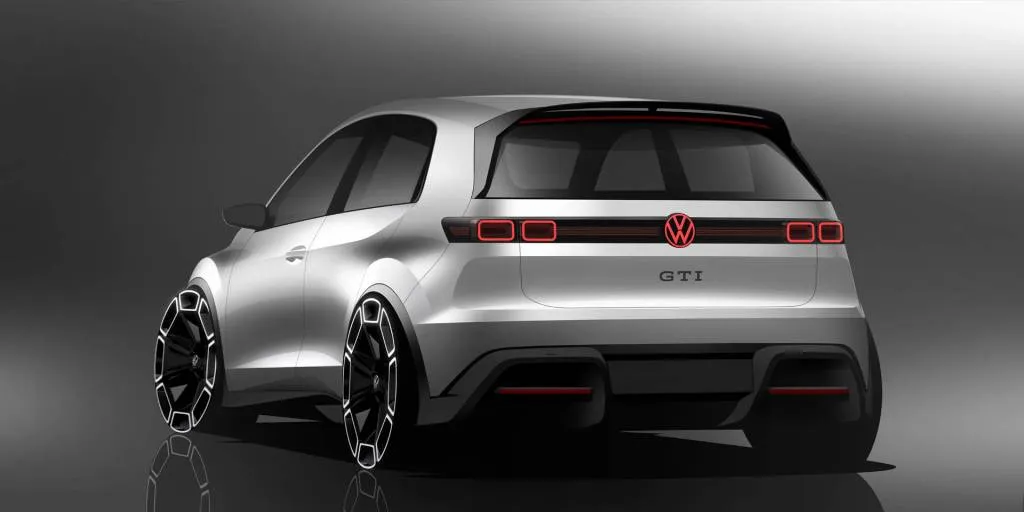
Volkswagen ID.GTI Concept
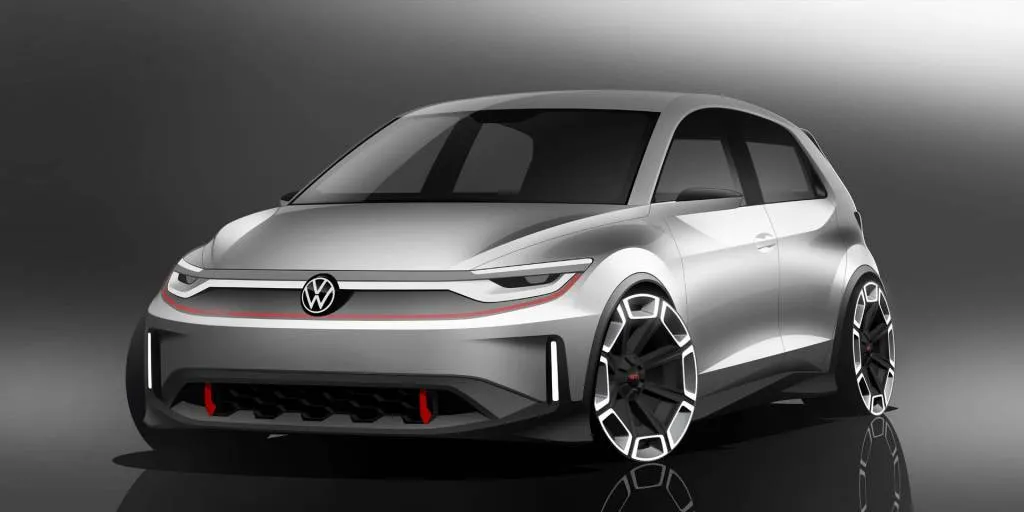
Volkswagen ID.GTI Concept
In keeping with tradition, the GTI keeps it simple but makes it sportier. An electronically controlled front-axle differential lock, much like that of the current gasoline GTI, will help this front-wheel-drive hatchback deliver its torque confidently.
A so-called GTI Experience Control at the center console will allow lots of driver customization, with adjustments for the drive system, steering, sound, and “simulated shift points.” The reveal, perhaps coincidentally, comes mere days after the rollout of the 2024 VW GTI 380, a model that gives the manual transmission in the gasoline GTI—and its traditional shift points—a sendoff.
“Production has already been decided as part of our electrification plans,” Thomas Schäfer, CEO of the Volkswagen brand said of the concept.
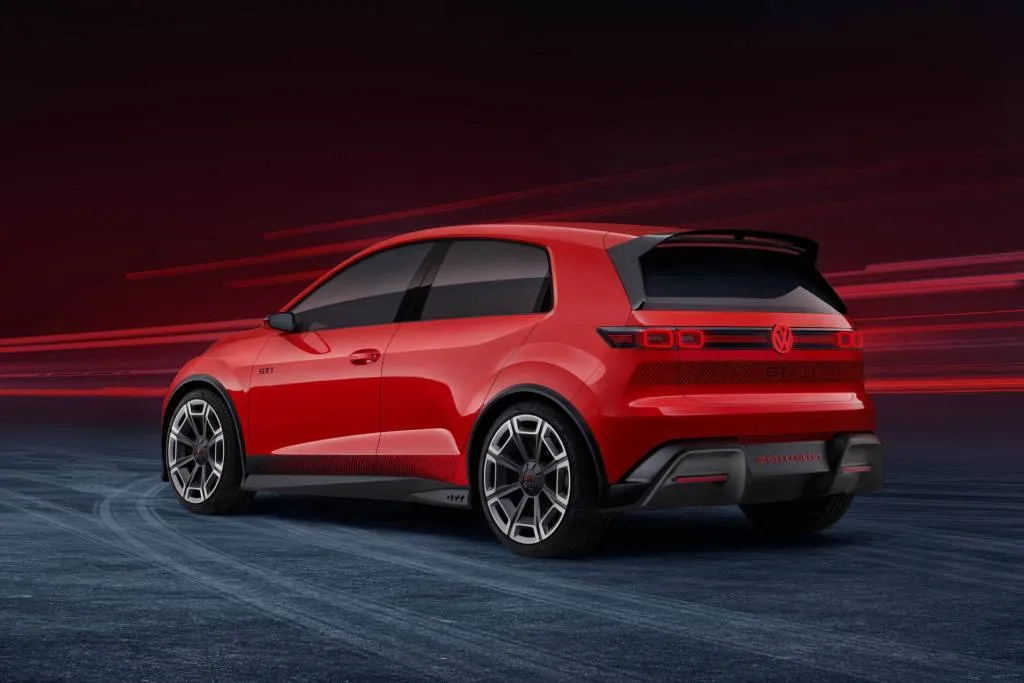
Volkswagen ID.GTI Concept
The electric GTI concept truly keeps to the easy-parking compact size of generations of GTIs, too. It measures 161.6 inches long, 72.4 inches wide, and 59.0 inches tall, and it rides on a 102.4-inch wheelbase. Compared to the current Golf GTI, that’s about three inches shorter in length, slightly wider, and an inch taller, on a slightly shorter wheelbase. It wears 20-inch alloy wheels with wide performance tires—something the team will no doubt need to manage as they balance performance and range in the production model.

Volkswagen ID.GTI Concept
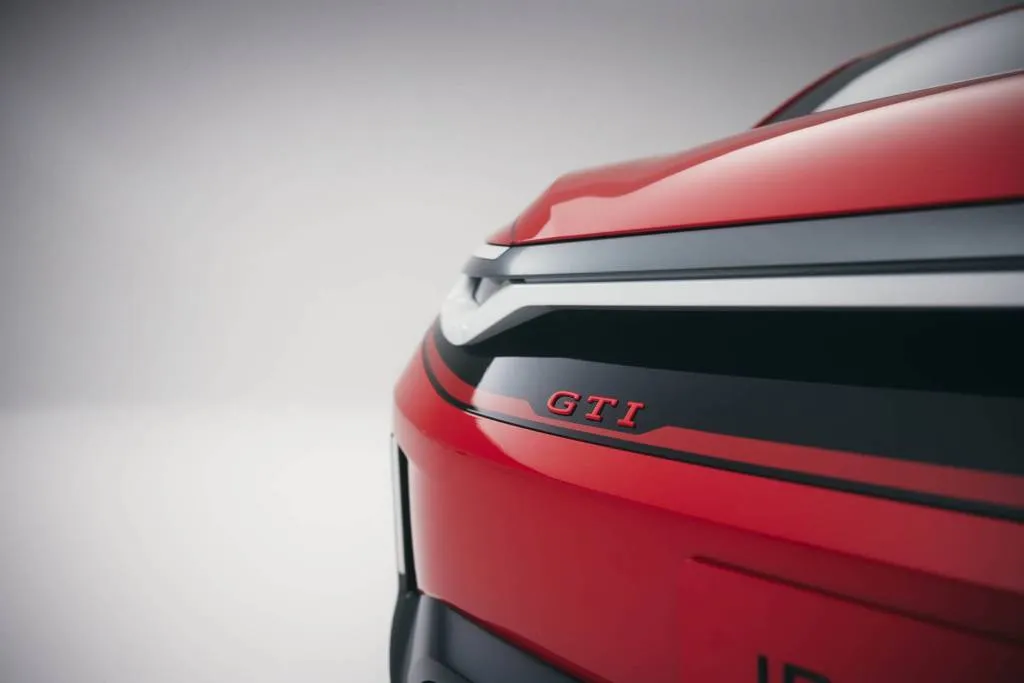
Volkswagen ID.GTI Concept

Volkswagen ID.GTI Concept
VW Head of Design Andreas Mindt said that he already had a new GTI in mind when he designed the ID.2all. GTI cues worked into this concept include a red-framed radiator grille (with a smaller aperture than a gasoline vehicle), a red line across the front, and matte-black splitter and air intake areas that were designed after the original Golf GTI. Additional black lower-body elements help lower and widen the design. Meanwhile it also borrows from the ID family—including the ID.4—with IQ.Light LED headlamps plus air curtains behind the daytime running lamps that optimize aerodynamics and pull air back to the wheelwells to help cool the brakes. A black roof spoler is used instead of the customary black rear window framing, also to aid aero.
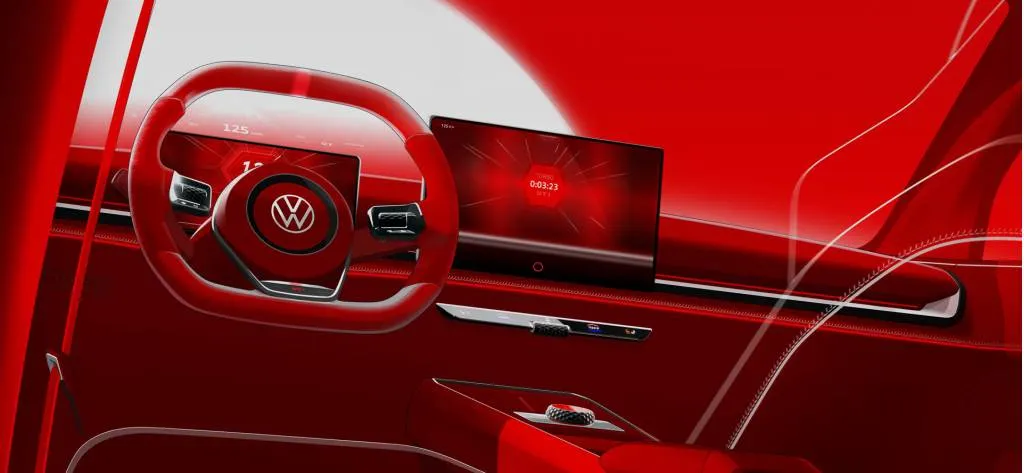
Volkswagen ID.GTI Concept
With only renderings of the interior so far, VW explained that it pays homage to GTIs past with plaid sport seats, a golf-ball shifter, and a three-spoke steering wheel with “spittoon” low-impact absorber. A thumbwheel and two buttons toggle the digital instrument display, including an augmented-reality head-up display.
The thick, rather vertical rear pillar has always been a dominant Golf design trait, and at least in initial photos that continues to be the case. VW claims that muscular side skirting “creates a positive tension in the surfaces that is typical for a Volikswagen and for a GTI.”
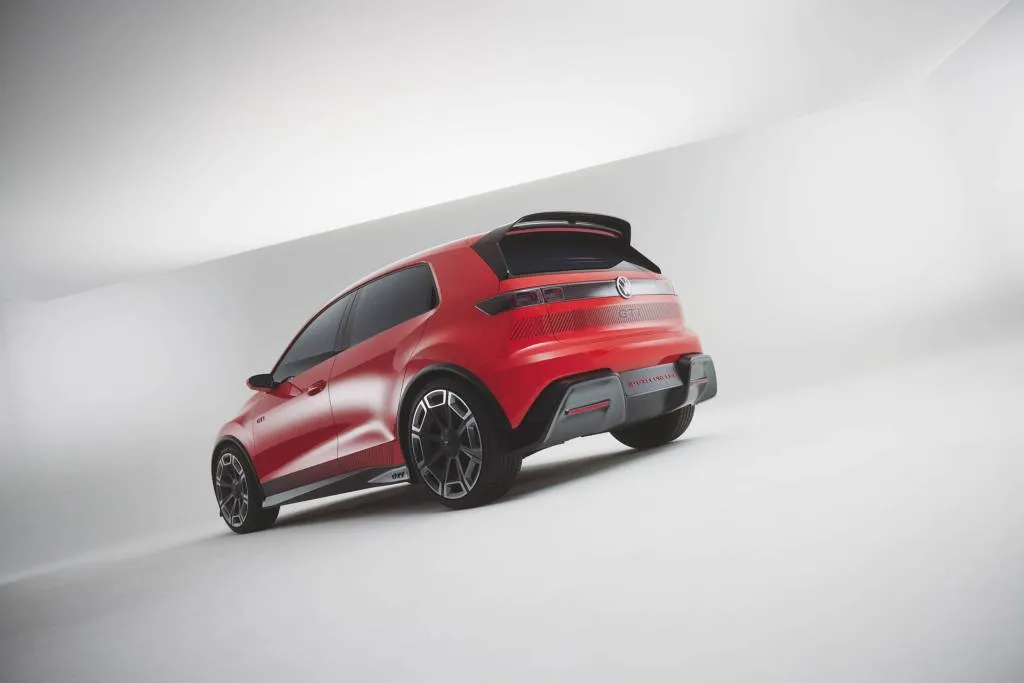
Volkswagen ID.GTI Concept
VW hasn’t yet revealed the timeline for its future electric GTI, or even verified that it would be a global, U.S.-bound model. Yet there’s a simple answer in this: In the U.S., the GTI has a reputation and brand recognition it almost certainly wouldn’t want to let go. Meanwhile, the VW e-Golf was a well-regarded albeit niche model that launched in late 2014 and set the stage for the ID.4 crossover. Apply some deductive logic to this and if VW can’t deliver its circa-$27,000 compact EV for the U.S., perhaps an only somewhat higher price tag would hit the spot for a GTI and what Americans really want in a fun-to-drive compact car.
